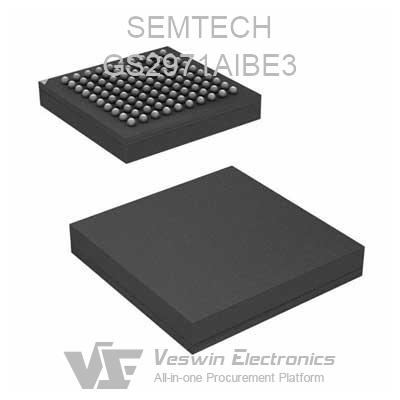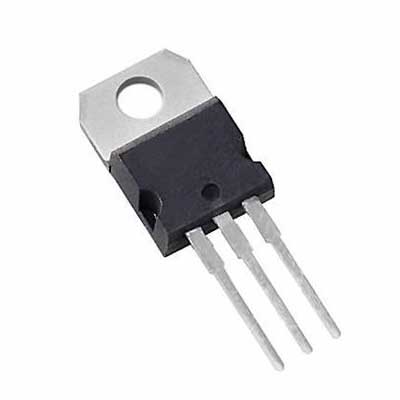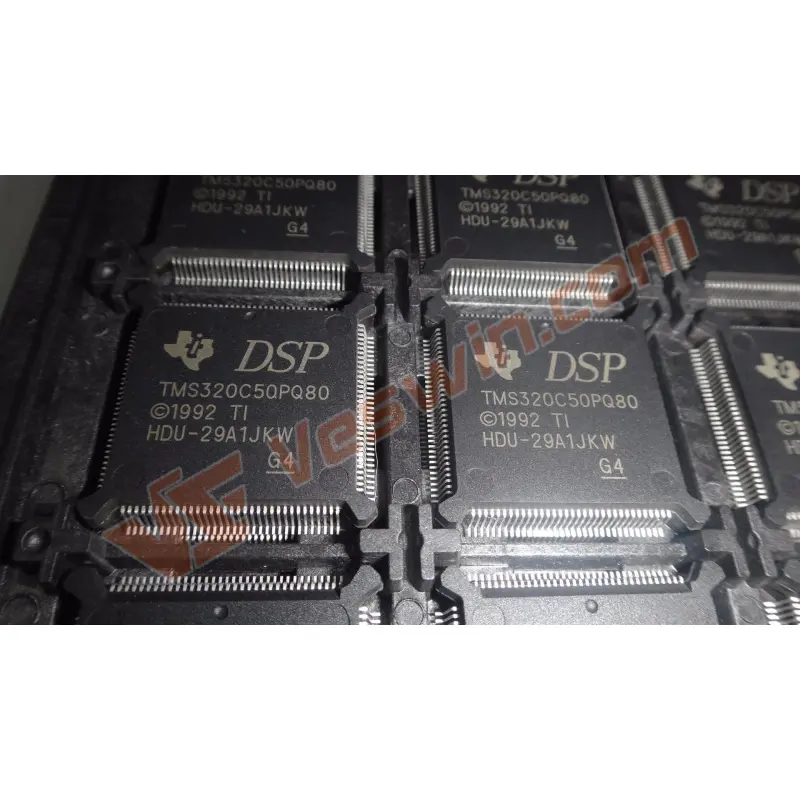Recently, a chatbot called "ChatGPT" has been making a name for itself in the semiconductor world. Do you know what exactly the ChatGPT is? Have you wondered the relationship between ChatGPT and the chips? In this article, we will introduce the industrial chain behind chatgpt from the perspective of the electronic chip industry.
ChatGPT, the AI program, launched by AI lab Open AI at the end of November last year, has gained more than 1 million registrations within 5 days of its launch, and has surpassed 100 million by the end of January this year.
ChatGPT's fire has somewhat eased the downbeat atmosphere in the semiconductor industry, and recent market news shows that TSMC's 5nm demand has suddenly surged and capacity utilization may be at full capacity in the second quarter. Semiconductor supply chain industry insiders revealed that TSMC urgent orders from Nvidia, AMD and Apple's AI, data center platform, ChatGPT burst of fire so that customers pull the momentum of goods up.
Officially, ChatGPT's "Chat" refers to chat, which is its presentation form; "GPT" represents Generative Pre-trained Transformer (Generative Pre-trained Transformer), the model that supports its operation. model, i.e., the pre-trained model that supports its operation.
In general, ChatGPT is a super-intelligent conversational AI product based on large-scale language models. Whether we are discussing AIGC (AI Generated ContentAI Produced Content), the latest way of content creation on the Internet, or the explosive ChatGPT, the essence is to explore the AI industry chain behind it.
Improved accuracy: As ChatGPT and other AI language models continue to be trained on larger and more diverse datasets, their accuracy and ability to understand and respond to complex queries will likely improve.
More personalized interactions: ChatGPT has the potential to be trained on specific user data, allowing it to provide more personalized responses and better anticipate user needs.
Integration with other technologies: To provide more immersive and engaging experiences, ChatGPT will integrated with other technologies, such as virtual and augmented reality,
More complex applications: ChatGPT may be used in more complex applications, such as medical diagnosis, financial analysis, and legal research, where the ability to process large amounts of data and provide accurate insights is critical.
Multi-lingual support: ChatGPT may be trained to support multiple languages, allowing it to communicate with users in their native language and expand its global reach.
Improved ethics and bias detection: There is a growing focus on improving the ethics and fairness of AI models, and ChatGPT is no exception. Future versions of ChatGPT may include improved bias detection and correction capabilities to ensure that its responses are fair and unbiased.
The three major elements of artificial intelligence are data, algorithm and arithmetic power. ChatGPT, which is based on the third generation of OpenAI's GPT-3 model, is the ultimate source of arithmetic power, and ChatGPT's explosion represents a new round of breakthrough in AI chip technology. According to public information, AI arithmetic chip refers to the acceleration of AI class applications, mainly divided into GPU, FPGA, ASIC.
Since the arithmetic power of CPU is very limited and it is difficult to handle parallel operations, CPUs are generally used with acceleration chips. In the cloud training chip of AI era, GPU occupies a larger share and is regarded as the core of arithmetic power in AI era. In the GPU market pattern, the revenue of Nvidia, AMD and Intel almost monopolize the whole GPU industry.
Currently, the computing cluster behind ChatGPT uses Nvidia's AI chips. openAI has said that ChatGPT is a super AI done in collaboration with Nvidia and Microsoft. microsoft built the super computer cluster in its own cloud, Azue HPC Cloud, and made it available to The supercomputer is reported to have 285,000 CPU (central processing unit) cores and more than 10,000 AI chips.
Although Nvidia has the first-mover advantage in this case, there are many other companies in the market catching up, such as Google's tensor processor TPU, Baidu's Kunlun series, Huawei Heisi's Rising series, and Alibaba Pingtou's Containing Light 800.
FPGA (Field Programmable Gate Array), also known as Field Programmable Gate Array, is a digital integrated circuit that changes and configures the internal connection structure and logic units of the device through software means to complete the established design functions.
FPGA chips have obvious advantages in real-time (fast data signal processing speed), flexibility, etc., and can also be programmed, parallel computing, occupying an irreplaceable position in the field of deep learning.
With higher speed and very low computational energy consumption compared to CPU/GPU/ASIC, FPGAs are often used as a low-volume alternative to dedicated chips. To implement deep learning functions in AI model building, FPGAs need to be combined with CPUs and jointly applied to deep learning models, which can also achieve huge arithmetic power requirements.
From the market pattern, the global FPGA chip market, Ceres and Intel two companies occupy most of the market share, due to the FPGA chip has a high technical and financial barriers, China's enterprises in the field on the gap is large. In recent years, China's leading enterprises have also achieved some technical breakthroughs in FPGA chip chips. For example, in August last year, Jingwei Qili released the first domestic 22nm FPGA chip and successfully mass production.
ASIC (Application Specific Integrated Circuit), i.e., special-purpose integrated circuit, whose computing power and computing efficiency can be customized according to specific user needs, is widely used in artificial intelligence devices, virtual currency mining equipment, consumables printing equipment, military defense equipment and other intelligent terminals.
ASIC chips can be divided into TPU chips, DPU chips and NPU chips according to different terminal functions. Among them, TPU (Tensor Processing Unit) is a tensor processor, dedicated to machine learning. DPU (Data Processing Unit), which can provide engines for computing scenarios such as data centers, etc. NPU (Neural-network Processing Unit) is a neural network processor, in the circuit layer simulates human neurons and synapses and directly processes large-scale electronic neuron and synapse data with deep learning instruction sets.
Compared with GPU and FPGA, ASIC lacks flexibility, especially in such fields as AI and servers, where the characteristics of ASIC chips have become a liability in the case of constant iterations of various algorithms. But Horizon CEO Yu Kai has publicly said that once the software algorithm is fixed, dedicated integrated circuit ASIC must be the future direction, according to the power consumption per watt computing power, ASIC can improve 30-50 times than GPU, which will also be the focus of competition in the industry in the future.
At present, foreign Google, Intel, Nvidia and other technology giants have released TPU, DPU and other ASIC chips, and domestic major manufacturers have also begun to target this market quickly, such as Cambrian launched a series of ASIC acceleration chips, Huawei also designed the Rise 310 and Rise 910 series ASIC chips.
Overall, with the AIGC (AI Generated Content) push, AI industrialization is switching from software to hardware, the semiconductor + AI ecology is gradually becoming clear, and AI chip products will achieve large-scale implementation.
The core of the hardware side includes AI chips/GPU/CPU/FPGA/AISoC, etc. In AI chips, arithmetic power and information transmission rate become key technologies, and the balance of chip performance and cost also drives the surrounding ecology, including HBM/Chiplet and other industry chains to benefit.
For memory, publicly available information shows that AI conversation programs require high-capacity, high-speed storage support during the execution of calculations, and the industry expects that AI chip development will also further expand the demand for high-performance storage chips.
Samsung Electronics then said that the demand for high-performance high-bandwidth memory (HBM), which provides data for GPUs and AI gas pedals, will expand. In the long run, demand for high-performance HBM with 128GB or greater capacity for CPUs and high-capacity server DRAM is expected to increase with the expansion of AI chatbot services.
Recently, Korean media reported a rapid increase in HBM orders from two storage majors, Samsung and SK Hynix, after the start of 2023, and prices have gone up, with market sources revealing a recent five-fold increase in HBM3 specification DRAM prices.
Chiplet technology is a key technology for the layout of advanced processes and accelerating the upgrade of computing power. chiplet heterogeneous technology not only can break the blockage of advanced processes, but also can significantly improve the yield of large chips, reduce the complexity of design and design costs, and reduce chip manufacturing costs.
AMD is the leader in Chiplet server chips, and its first generation AMD PYC processor based on Chiplet is equipped with 8 "Zen" CPU cores, 2 DDR4 memory channels and 32 PCIe lanes. In 2022 AMD officially releases its fourth generation EPYC processors with up to 96 5nm Zen4 cores and uses the next generation Chiplet process, combining 5nm and 6nm processes to reduce costs.
Intel's 14th generation Core Meteor Lake, which first uses the intel 4 process and introduces the Chiplet small chip design for the first time, is expected to be launched in the second half of 2023, with at least a performance-to-power ratio target of 1.5x the level of 13th generation Raptor Lake.
Conclusion
In the global wave of digitalization and intelligence, smart phones, autonomous driving, data centers, image recognition and other applications to promote the rapid growth of the AI chip market, there will be more companies focused on AI chip production in the future.
Hot News









